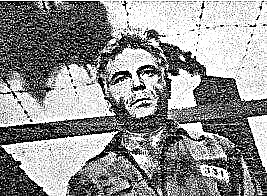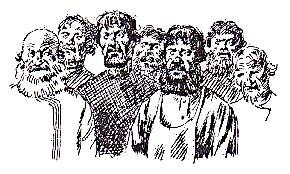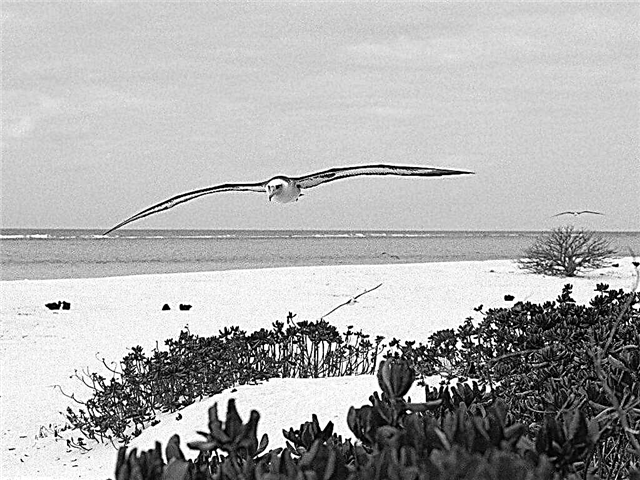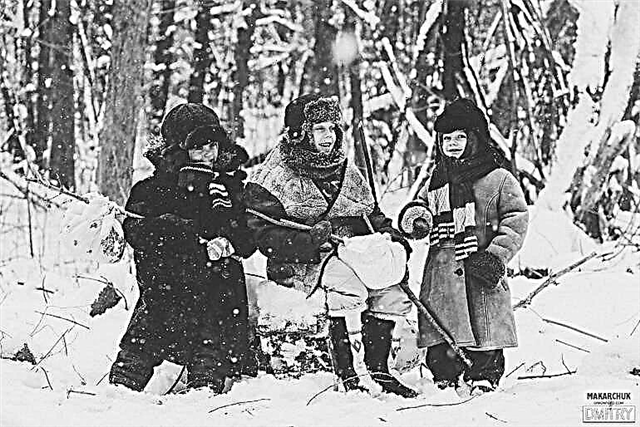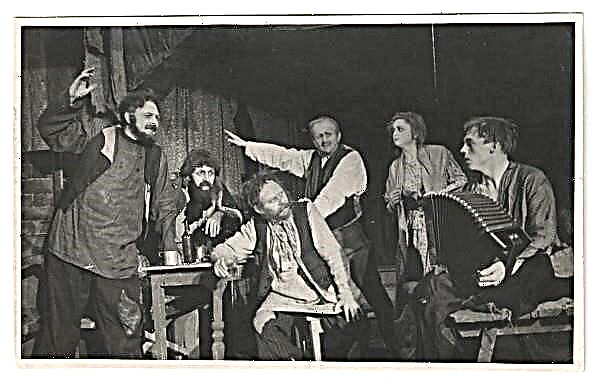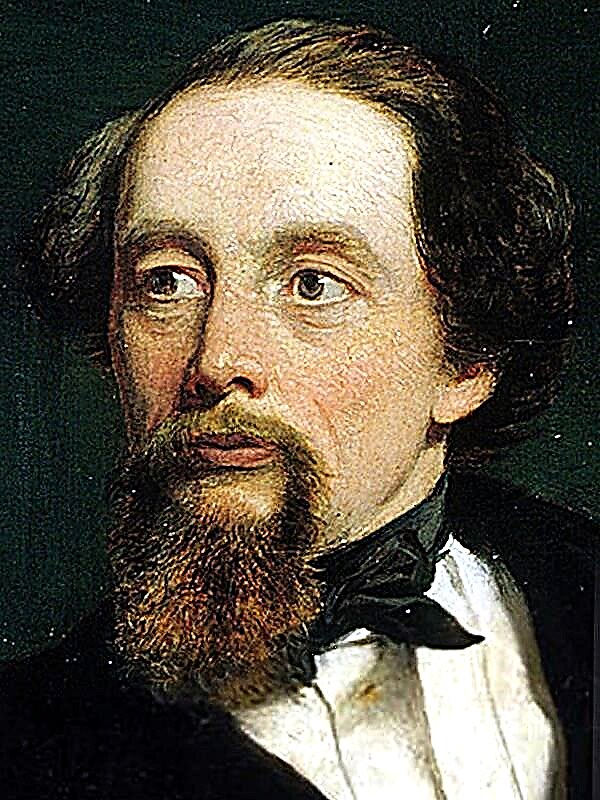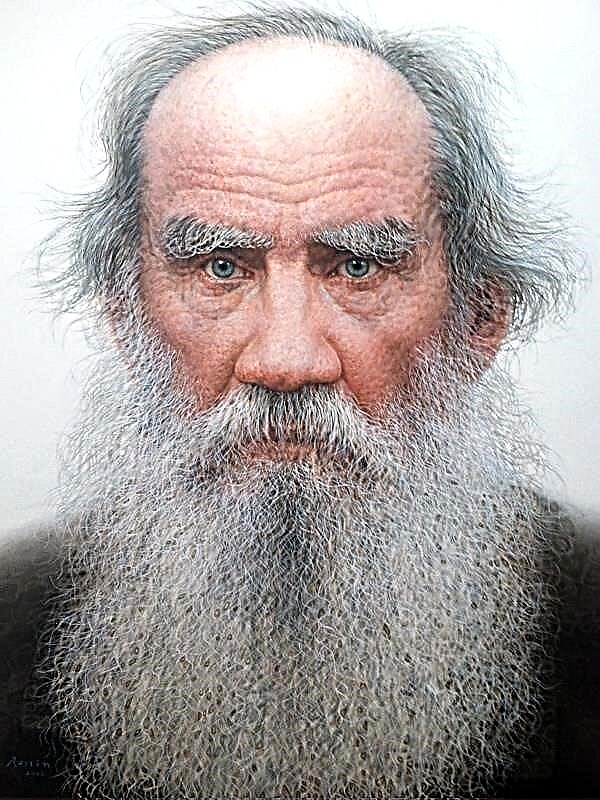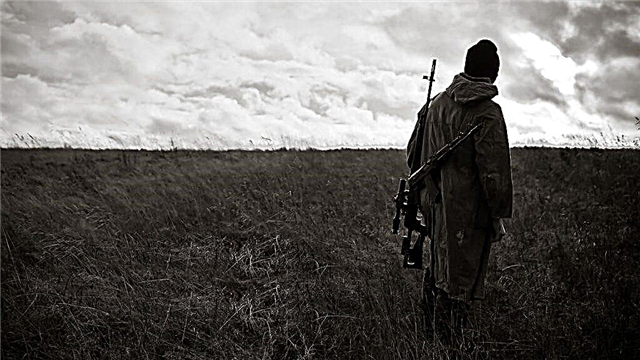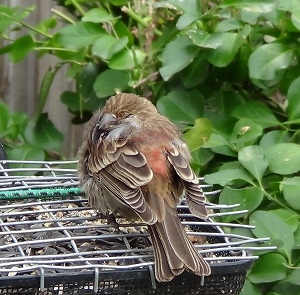A. Pushkin attracted many progressively minded readers with his bold poem. In the era of absolute monarchy, such an open accusation of the king was unacceptable, but the poet was not afraid to defend his opinion, and then to be punished. In 1820, Liberty became one of the reasons for the author’s reference.
History of creation
This poem might not see the light at all, as it was too freedom-loving. A. Pushkin risked so openly expressing his thoughts about power, although due to his age he did not yet fully understand the threat of censorship.
He wrote the work in the apartment of the Turgenev brothers. From the windows of this apartment was visible Mikhailovsky Castle, where Pavel I was killed (here, about whom Pushkin writes in the poem "Liberty"). This happened in 1817, immediately after he graduated from Tsarskoye Selo Lyceum. Seeing the abode of autocracy, and reflecting on its despotic nature, the author composed one of his most significant creations relating to freedom-loving lyrics. "Liberty" was never published during the life of Alexander Sergeyevich. After the death of Pushkin, the liberal publicist Herzen published a poem in the collection "The Polar Star".
Genre, size, direction
Of course, “Liberty” is a poet’s freedom-loving lyrics, which is a realistic work, as it shows all the imperfections of the social structure of Russia in Pushkin’s time. The author called freedom his idol, so this topic is especially important for the author. In order to convey this, the author chose an unusual genre - an ode. The despotism of the autocracy is convicted in Liberty with such expression precisely thanks to a peculiar genre.
Ode is written in the form of a lyrical monologue in a high, solemn verse, which emphasizes the great importance of the problem. Size - four-foot iambic. Rhyme is female. Rhyme is mixed.
Composition
"Liberty" can be divided into three parts.
- The beginning is a preamble in which the poet only introduces the reader to his thoughts: "I want to sing freedom to the world."
- In the main part, Pushkin talks about different autocrats and their fates.
- The conclusion can be called the most emotional. Here, the author warmly urges the monarchs to bow to the law and abandon their initiative.
The main images and their characteristics
- Monarch the poem is compared with a tyrant who stands above the law, and to whom power "gives the Law - not nature." Pushkin does not surround the tsar with the most pleasant appeals: “Self-reigning villain”, “Masters”, “unrighteous Power”, “You are the horror of the world, the shame of nature,
You rebuke to God on earth. ” In his view, the ruler of Russia did not conquer the country fairly, and ruled it unworthy. Higher powers did not appoint him to this post, but he behaves as if the earthly ruler - this is the center of the world, which has no equal. This is wrong, because such a position leads to irresponsibility and absolute power, corrupting the soul. - Lyrical hero - a mirror of Pushkin's ideas and experiences. It is immediately noticeable that, despite the fact that the poet was only eighteen years old at the time of the creation of Liberty, he is a conscious citizen and patriot. The fate of the Motherland and the people is important to him, he wants to fight injustice for the sake of the common good, youthful passion, anger, indignation and hope are felt in his speeches at the same time. According to the first stanza, it becomes clear that he no longer wants to have a relationship with the "effeminate lyre." Now he is worried about more important problems of a national scale.
Themes and Issues
- The problem of tyranny and irresponsibility of the authorities. Pushkin believed that the main thing in a person is his individuality and freedom. Society and power, according to the author, only limited the individual and prevented her from creating something new. The problem raised by Liberty concerns the state as an instrument of suppressing civil initiative. The poet considers his mission to rekindle people's hearts and rebel against the restriction of thought with the help of a verb that can rekindle hearts. He calls on the "fallen slaves" to rebel against the "tyrants of the world."
- The theme of freedom. Pushkin is indignant at the restriction of his freedom, internal and political, and the freedom of other people. He criticizes the autocracy, and does not want to live on the orders of the monarch, who violates the rights of his subjects.
- The problem of social injustice. The poet said that power should not be inherited, but should be given only to the most worthy.
Idea
Thus, the meaning of the poem “Liberty” is a protest against the absolute monarchy. One person cannot completely own and control the fate of others, especially if he receives these unlimited rights by inheritance, and not dignity. Alexander Pushkin in his condemnation refers to the injustice of laws before which not everyone is equal. Therefore, the main idea of Liberty can be formulated as follows: the monarch must honor the law, but he does not, because he has too much power, because of which society suffers. If the ruler cannot comply with the law and continues to restrict the freedom of the people, he must be overthrown.
Also, the poet is very worried about inner freedom (there is no censorship, any idea and thought should be respected), this is the main idea of the poem, which denies any ideological pressure on the person.
Means of artistic expression
In order not to miss a single detail from the described situation, A.S. Pushkin uses anaphora ("Where he slumbers inadvertently, where is either the people, or the kings the Law can be ruled by the law!"). Among other means of artistic expression can be noted:
- Metaphors (for example, "the law is silent");
- Epithets (“disastrous disgrace”, “noble footprint”, “in the thickened darkness of prejudice”, “effete lyre”);
- Rhetorical figures ("tyrants of the world! Tremble!");
- Avatars (“the law is silent”, “Desert monument sleeping in the fog”, “calm sleep aggravates”).
Verbs also prevail in Liberty, which helps the author create strong dynamics in the work and encourage readers to take action.

